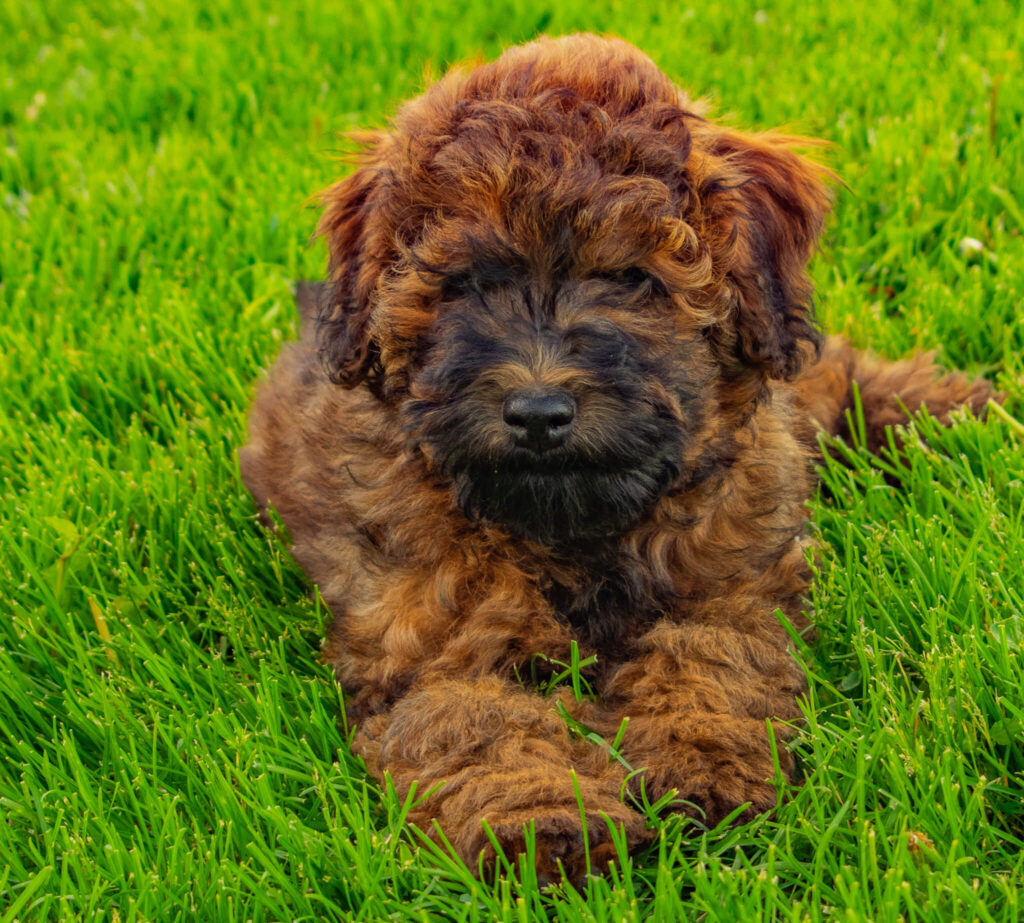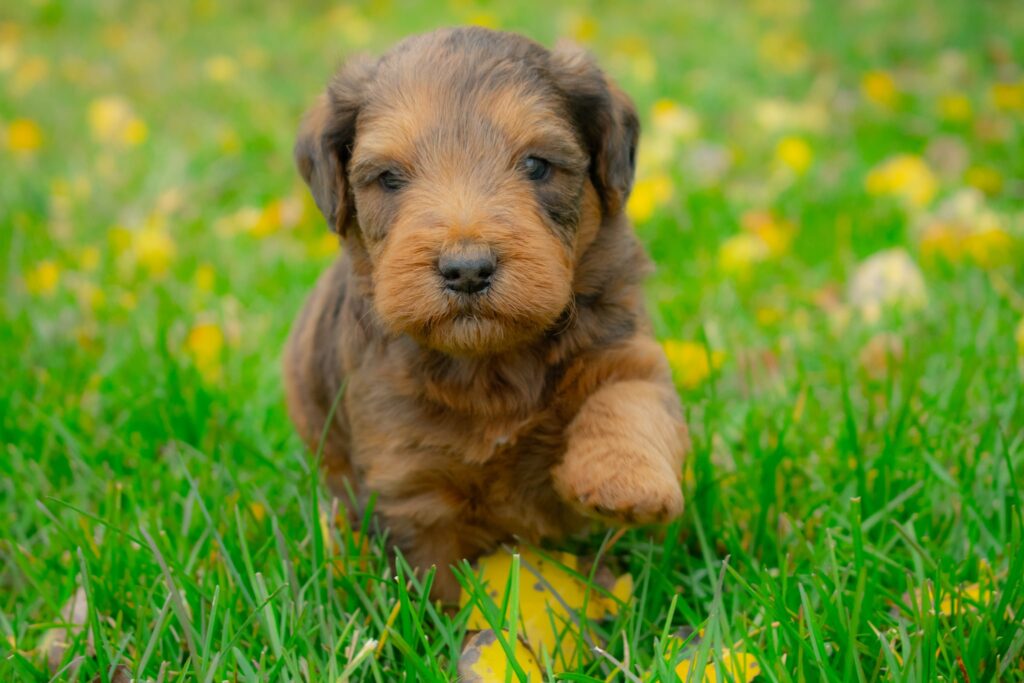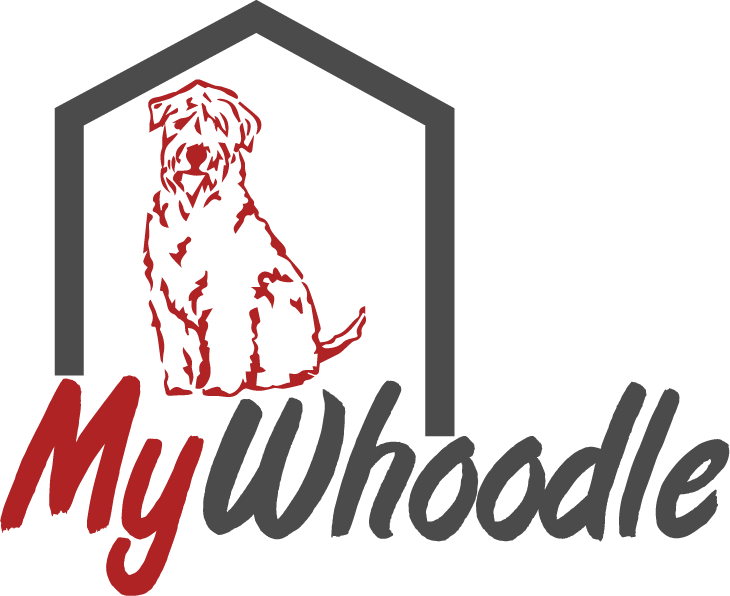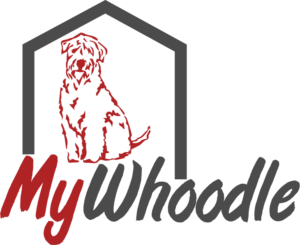A Whoodle is an adorable breed that mixes a Wheaten Terrier and a Poodle. Full-grown Whoodles can be anywhere from 15-50 pounds. Their height and weight will vary depending on how big their parents are. We will go over the different milestones your Whoodle will meet at different ages.
Whoodle size predictions
There are three sizes of a Whoodle, Mini, medium, and standard. You can usually make a pretty close guess on how big the full-grown whoodle will be, going off of how big their parents got.
Standard Whoodle Average Full Weight
Whoodle Growth and Age Milestones
New-born Puppies (0-2 weeks)
At this age, the most they can do is touch and taste. The puppies aren’t strong enough to stand up, but their feet have enough strength to pull themselves to their mother. Their eyes are still closed, and they can’t see. They will usually have opened both eyes by the end of 2 weeks.
3 Weeks
At 3 weeks, the puppies learn a lot more than people realise; they become more aware of their environment. Their ear canals open, and they start to respond to sound. They can see and react to light. The puppies can also stand and maybe take a few steps. Plus, they can wag their tails! Three weeks is also when the majority of their teeth will come in. Teething, like humans, is painful; your puppy will want to chew on everything! Here are a few ways you can help your Whoodle. They also show a lot of personality traits at this age.
6 Weeks
When the puppies are 6 weeks old; they are really noisy and curious. They will start to run around and play with each other more. This age is also the best time to introduce them to new things and strengthen their social skills. You also want to set ground rules and house-train your whoodle.

8 Weeks
Eight weeks is the perfect time to start training your Whoodle and setting ground rules, showing them what you expect of them. Their brain starts to develop and soak up a lot of information. Your Whoodle will need regular grooming at this age as well. This age is also when your puppy will usually get its first vaccinations.
4 Months
Their baby teeth start falling out, so they will want to start chewing on everything again! They can wait longer in between bathroom breaks. Well-socialized puppies will feel comfortable around other people and pets, but you still need to help your Whoodle socialize; otherwise, your puppy will forget any progress they made. Your puppy will need less help in training.
5 – 6 Months
They start to show more independence at this age, and they love to explore at this age. You will still need to watch your Whoodle and keep your puppy safe. They are still small, and anything scary could affect your puppies’ confidence. Your puppy will also need more exercise to help use all of its energy.

6 Months-1 Year
If you have a female, this is the age they will generally go into their first heat. This age is the best time to have your female Whoodle sprayed to avoid the risk of different cancers and infections.
1 Year
Once your puppy is one year old they are an adult Whoodle. Now they are considered a full-grown Whoodle. After one year is also the perfect time to transition your Whoodle from puppy food to dog food. The AKC recommends slowly transitioning them over a week.
- Day 1-2: 75% old diet & 25% new diet.
- Day 3-4: 50% old diet & 50% new diet.
- Day 5-6:25% old diet & 75% new diet.
- Day 7: 100% new diet
This process will help transition them to any diet smoothly with no issues.
It’s exciting to see all of your Whoodle milestones and how fast they grow. I hope this has helped you know what your puppy is learning at different ages and the best times to teach them tricks and expectations. If you are considering a Whoodle, check out our available puppies page.


I just put down my 13.5 yo whoodle last Saturday. I got her as a rescue at about 2.5 yo. My question is in regards to her health. Over the years she had numerous cysts removed from every part of her body including her eyelid. She was the best, however I am curious to know if this a common problem with this crossbred?
This is not something we’ve encountered. I’m not a vet, but my first instinct would be the possibility that it may be related to diet. We do extensive health testing on our parent dogs to ensure the lowest possible chance of genetic issues but as far as I know, the condition you’re describing isn’t known to be gene related in Wheatens or Poodles.